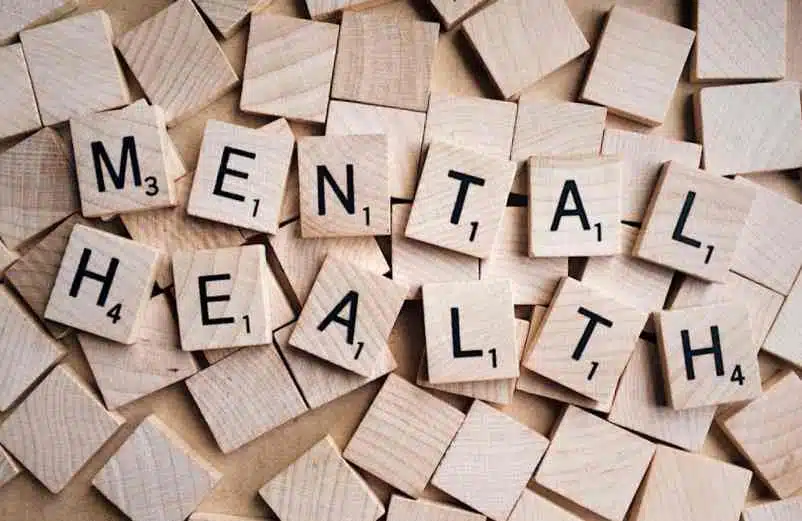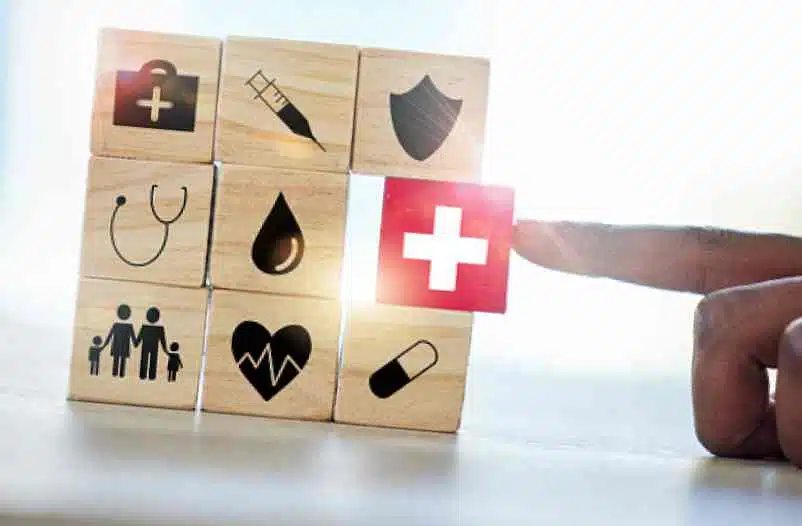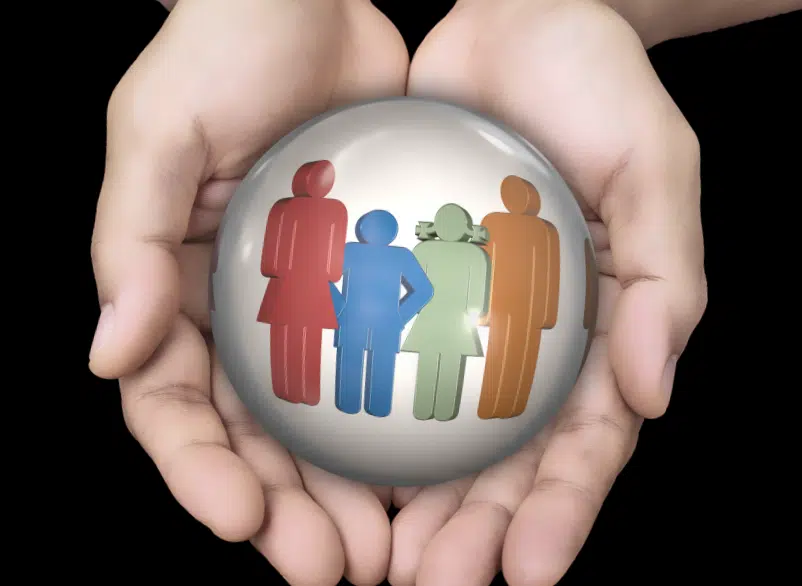Trisomy 13 (which is also known as Patau syndrome) is one of the medical abnormalities caused by the extra presence and state of chromosomes in the body cells. Specifically, Trisomy 13 has to do with chromosome 13. More about Trisomy 13 will be discussed in this article. So, read on to be well informed.
Summary
ToggleAn Overview of Trisomy 13
Cells in the body have different DNA molecule structures known as chromosomes. However, every chromosome that makes up part of body cells is supposed to have a definite number. In the case of chromosome 13 and several others, only two copies are supposed to be present.
Having extra (three) in whatever form is what causes Trisomy 13. Patau syndrome is so rare that approximately; only 1 in 16,000 babies have it. For the record, having three instead of the normal two chromosomal copies is also what causes Trisomy 18 and 21.
Trisomy 13 happens when the baby is formed in the womb. As a result, timely diagnosis can reveal it during pregnancy. Because of the fetal complications caused by Trisomy 13, it is common for affected children not to survive past the first few days. Some make it up to a few weeks in life.
Many affected babies that overcome these hurdles will still not survive past their first year. In essence, just a small number of babies with Trisomy 13 survive to a very ripe age. But even with the few cases that defy all these time-bound odds, the defects caused by Patau syndrome remain.
Physical Signs and Symptoms of Trisomy 13
There are physical defects likely to be experienced by a child or person with Patau syndrome. Some of these physical defects include problems like:
- Spinal cord and/or brain abnormalities
- Heart defects
- Extra toes and/or fingers
- Microphthalmia – Poorly developed or very small eyes
- Cleft palate – A split in the mouth’s roof
- Cleft lip – A split in the upper lip that could extend close or up to the nose
- Hypotonia – The muscle tone is frail
For those asking what the physical defects associated with Trisomy 13 are, the physical abnormalities have been listed right above. However, some are more likely to be present than others. For example, the cleft palate is simply a possibility, as it is not certain. But other than the physical problems, there are also a number of intellectual symptoms involved.
Can Trisomy 13 Be Treated?
There is no treatment for Patau syndrome. At least, that is the state of things at the time of writing this article. However, there is specialized medical care that will help affected infants and their families. The special medical care will support by offering therapy and surgery to help manage the symptoms.
Finding Out About Trisomy 13 on Time
It is important that proper screening and testing are done during pregnancy. Amongst other things, this will reveal the rare possibility of having a child with this or any other genetic disorders. This can also help you know what you can and cannot take while pregnant.
Families do not have to wait till birth before discovering that a child has Patau syndrome. The condition can be diagnosed by observing the fetal conditions in the womb. So, appropriate tests should be carried out on time.
Conclusion
People with this rare genetic condition should not be stigmatized. It takes so much to live their lives (both physically and intellectually). So they need all the support they can get. For this reason, life should be made as easy as possible for them.
It is also important that people know Trisomy 13 (or Patau syndrome) is not a disease but a genetic condition. To know about other genetic disorders like Trisomy 13, you can check out the welfare section of the International Health Alliance platform.
Similar Posts
- What Is Trisomy 18?
- What Is Trisomy 21?
- How Long Does Omicron Last in Kids?
- When Do Babies Stop Spitting Up So Much?
- Can You Take Tums While Pregnant?








